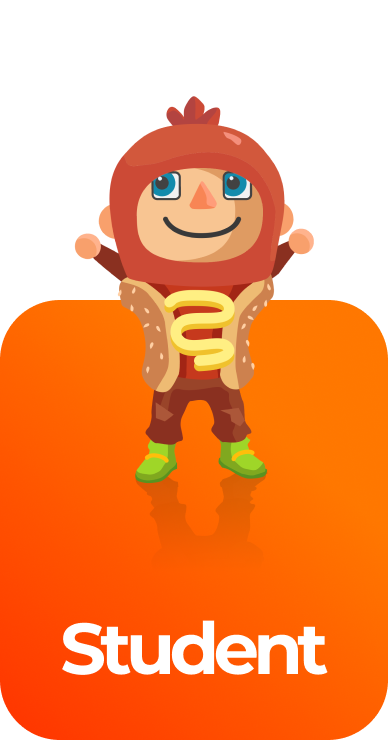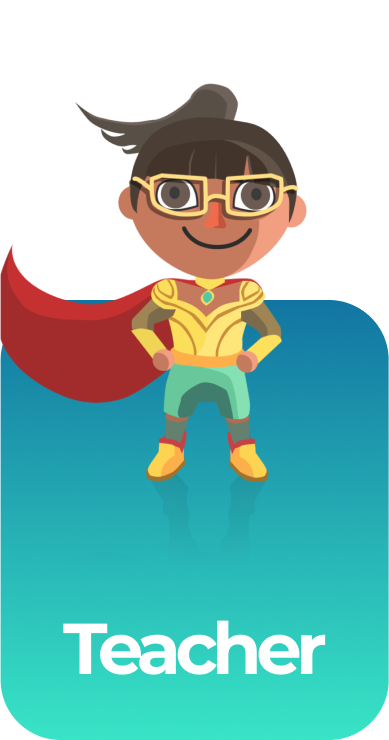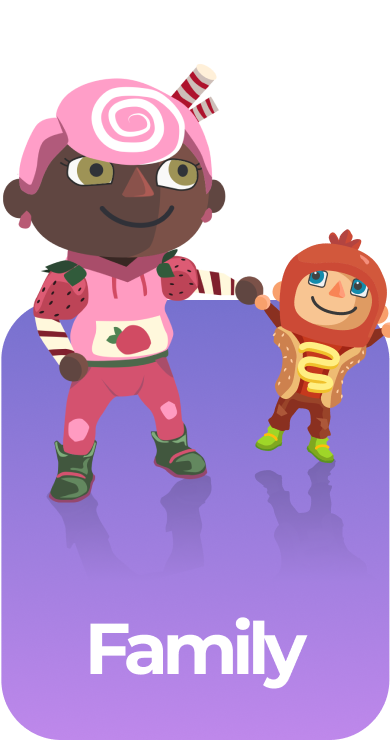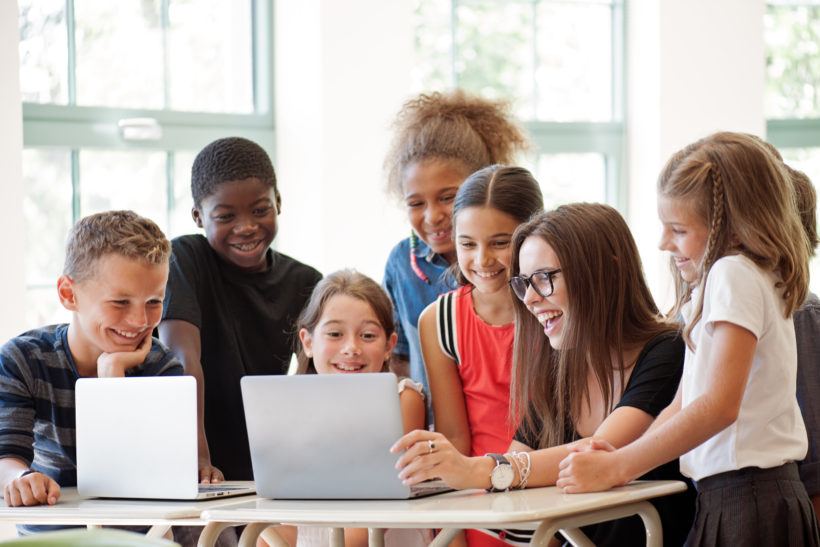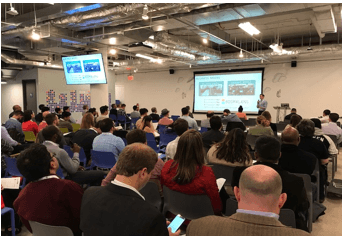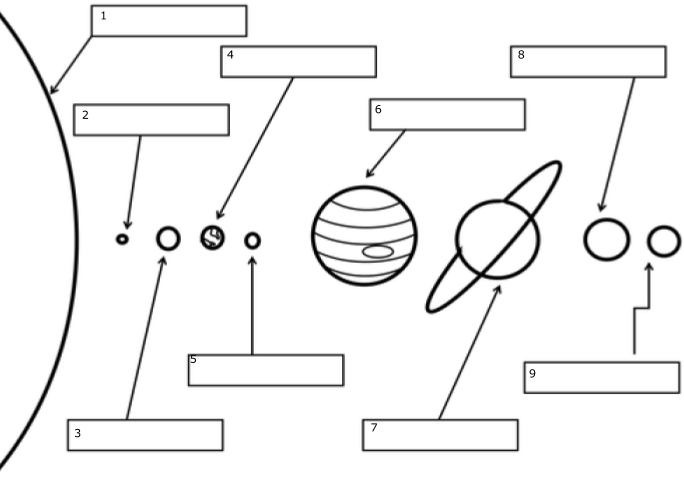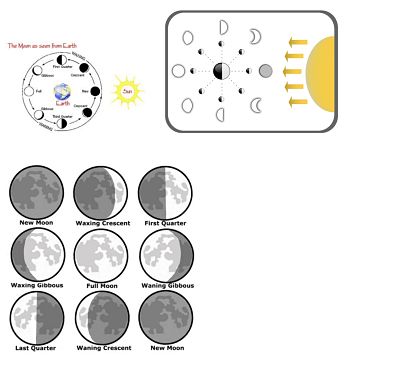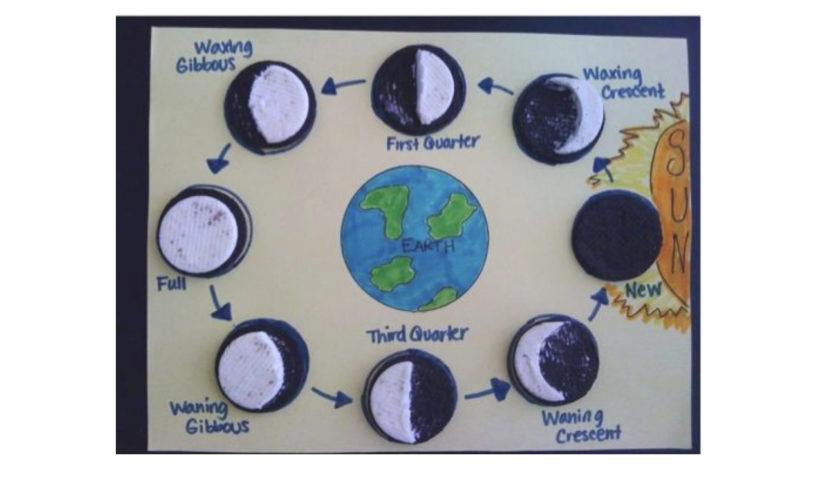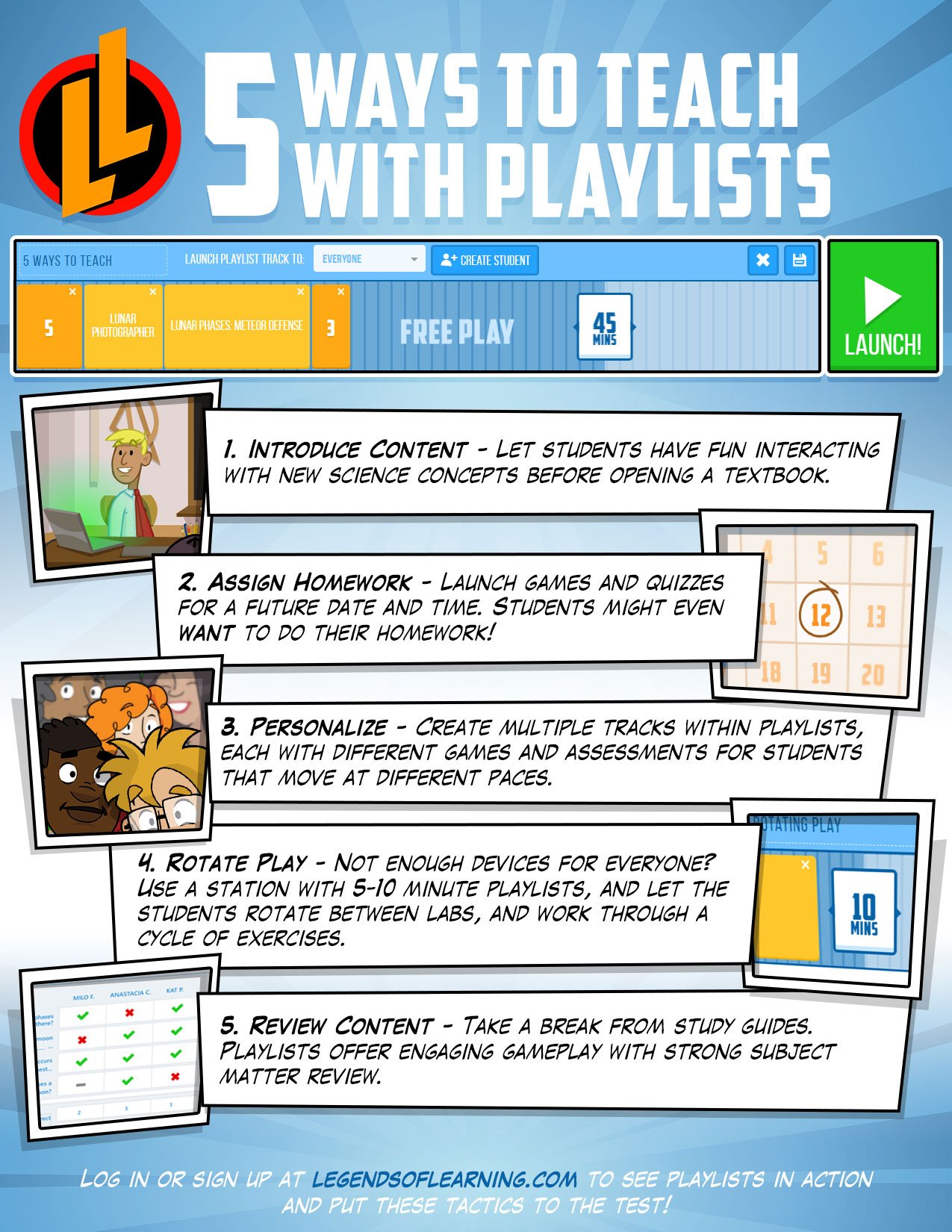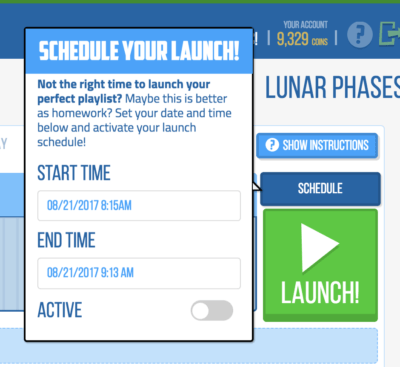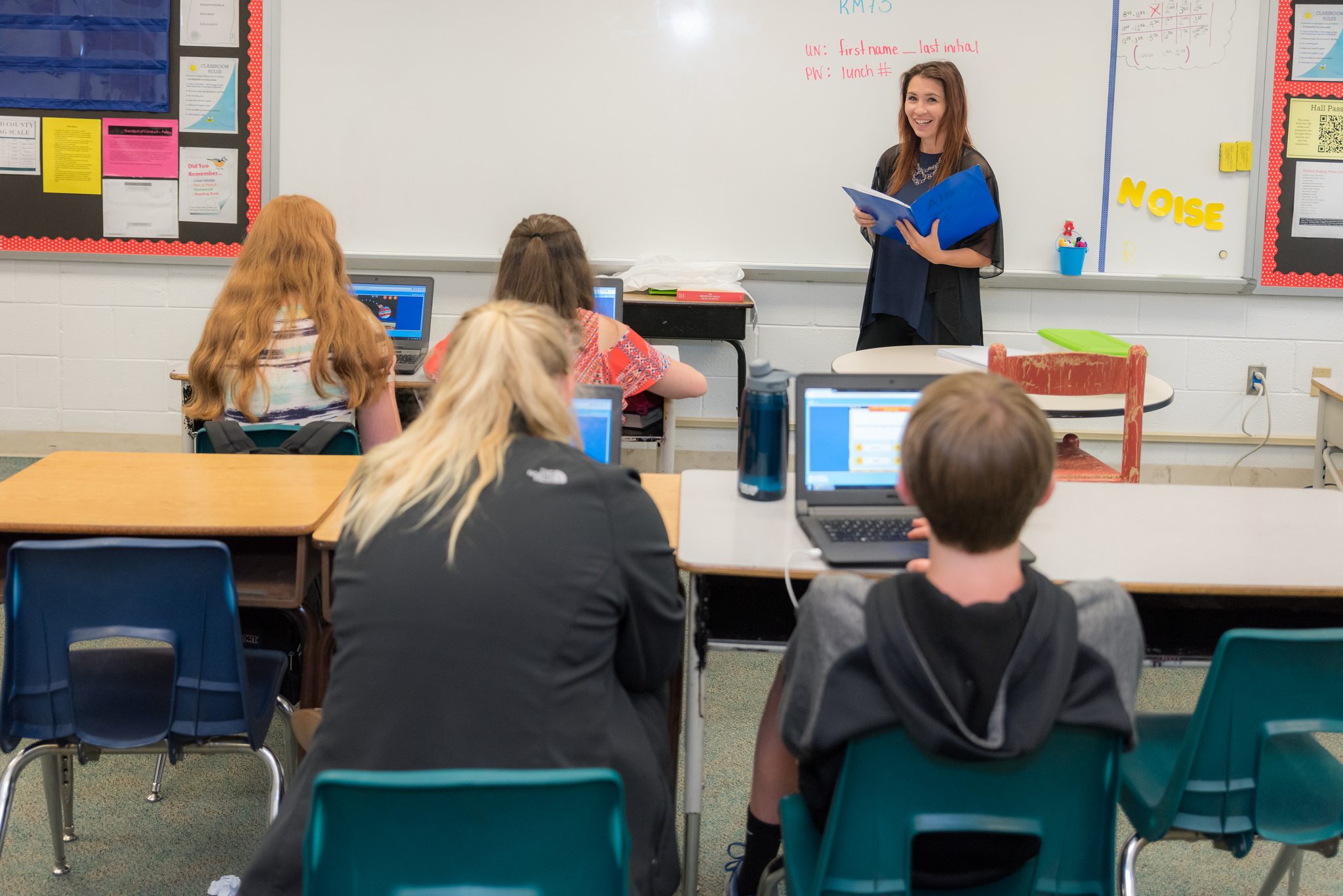Legends of Learning to Release Science Games for Grades 3-5 this Winter
New suite expands existing middle school library into elementary schools
Legends of Learning announced today it will develop more than 300 curriculum-based science games for grades 3-5. This new elementary science curricula has now become available. The new elementary school games, created by more than 100 game developers, are based on rigorous academic research conducted in partnership with Vanderbilt University.
The new Legends of Learning elementary school games will complement Legends of Learning’s existing middle school suite of more than 800 games and simulations, bringing the depth and breadth of content on the site to more than 1,300 games spanning grades 3-8. The games and platform were developed with direct input and feedback from Legends of Learning’s teacher community, resulting in a platform that is easy to use and educator friendly.
Legends of Learning’s game-based learning platform includes:
- Short games (5-20 minutes) that align to state science curriculum standards to ensure content engages students and helps them succeed in their studies;
- Support for many state standards including Next Generation Science Standards (NGSS), TEKS (Texas), GSE (Georgia), and SOL (Virginia);
- An intuitive platform that allows teachers to easily deploy games in class via playlists, and empowers advanced features like in-class assessments and personalized learning; and
- A dashboard to observe student comprehension in real time and assess content mastery.
“Many districts and teachers requested elementary school science games since we launched Legends of Learning,” said Legends of Learning founder and CEO Dr. Vadim Polikov. “We are excited about the addition of grades 3-5. This will make for a comprehensive science content series that provides engagement and boosts academic performance. This unique platform and game content model builds off of research and pragmatic in-classroom experience to deliver that curricula content in a way students enjoy.”
Polikov, a research scientist, believes that research is the foundation for successful game-based learning and long-term education reform. He worked in partnership with Vanderbilt University to conduct a study “Substantial Integration of Typical Educational Games into Extended Curricula,” which measured the performance of more than 1,000 students in seven states and in schools with differing student bodies, socioeconomic factors, and geographic locations. The study demonstrated with statistical significance that academic performance and engagement increase with curriculum-aligned game-based learning.
Legends of Learning is showcasing its platform and games at the Conference for the Advancement of Science Teaching (CAST) conference (Booth #945) in Houston, through November 11. For more information about Legends of Learning visit legendsoflearning.com.
American children need new education heroes, teachers dedicated to using new, engaging methods to teach curriculum. Legends of Learning helps educators make their classrooms fun, engaging, and productive learning environments through research-driven, curriculum-based games. We use ongoing original research to create an edgame platform filled with an epic range of lessons for stronger subject mastery and classroom engagement. All games are based on state curriculum standards. Teachers can don their masks with Legends of Learning at legendsoflearning.com.
Media contacts:
Stacey Finkel
ASPR
703.304.1377
Geoff Livingston
Legends of Learning
703.859.0089
